Install Steam
login
|
language
简体中文 (Simplified Chinese)
繁體中文 (Traditional Chinese)
日本語 (Japanese)
한국어 (Korean)
ไทย (Thai)
Български (Bulgarian)
Čeština (Czech)
Dansk (Danish)
Deutsch (German)
Español - España (Spanish - Spain)
Español - Latinoamérica (Spanish - Latin America)
Ελληνικά (Greek)
Français (French)
Italiano (Italian)
Bahasa Indonesia (Indonesian)
Magyar (Hungarian)
Nederlands (Dutch)
Norsk (Norwegian)
Polski (Polish)
Português (Portuguese - Portugal)
Português - Brasil (Portuguese - Brazil)
Română (Romanian)
Русский (Russian)
Suomi (Finnish)
Svenska (Swedish)
Türkçe (Turkish)
Tiếng Việt (Vietnamese)
Українська (Ukrainian)
Report a translation problem








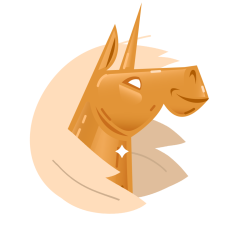
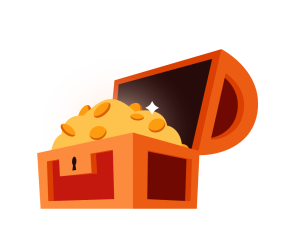
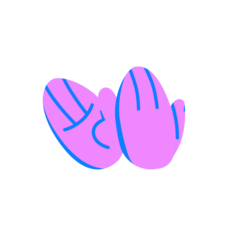





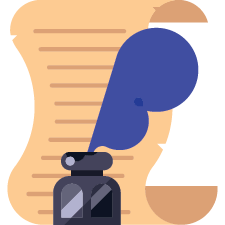


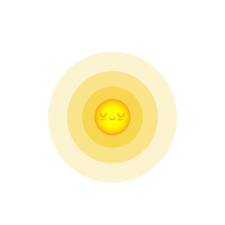
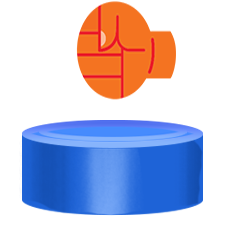
















Is it worthwhile to tack with backwind?
Uh, sorry but i'm not sure what errors are you exactly pointing at?
You've further cemented that starboard originates from the board/side the steering oar (not rudder) was located at?
As for the port aspect, the guide was made considering English only, not the terminology of other languages even if English originates from them.
Though it is nice to know the details you've mentioned and the history of these words, sailing terminology is very old, numerous and specific which can make it hard to follow, understanding it accross different languages can be even more convoluted, thanks for the input!
Starboard (right) is a linguistic butchering/evolution of the words "steer" and "bord" (old English for "side of boat"), because this is where the steering oar is always at!
Now you too can easily identify what each side is named and annoy your friends with completely unnecessary nautical terminology.
In fact starboard come from the board you steer with. This word remained in use, even after the steering was transferred from the right side to the rudder. Most of the most general words that have to do with "ship" all is rooted in the same Germanic language. In most Germanic languages, except English, the port side is often call babord ("back board", because when a man was steering his ship with the steering oar, he would have his back to the left.